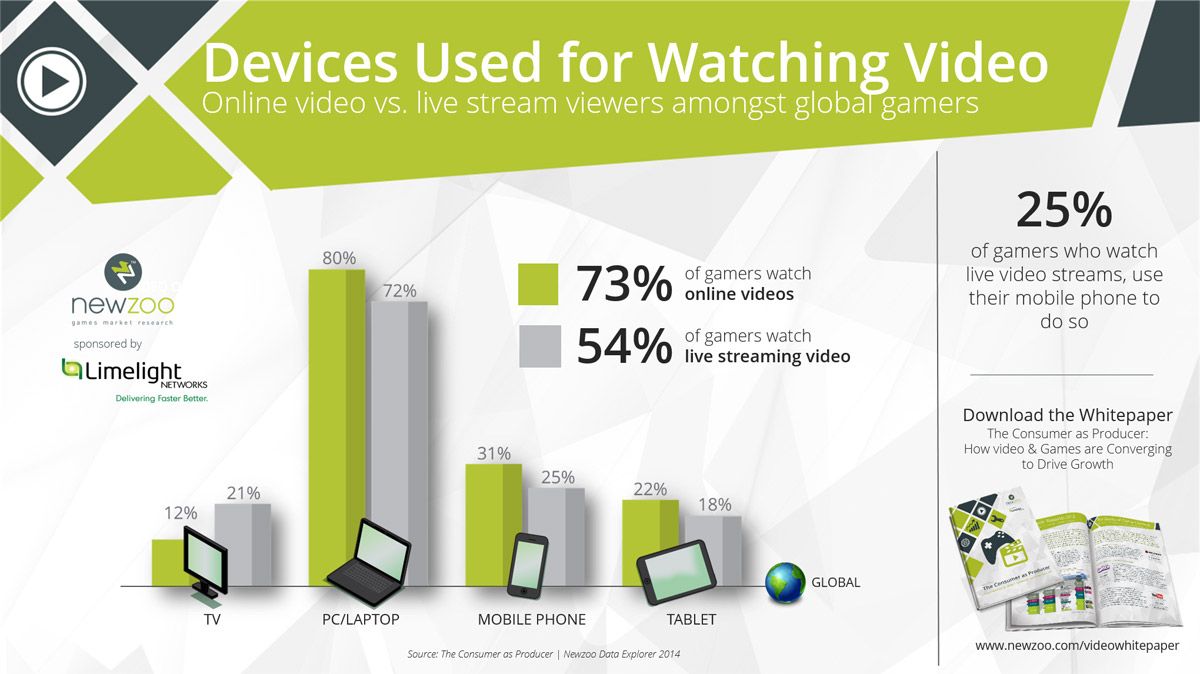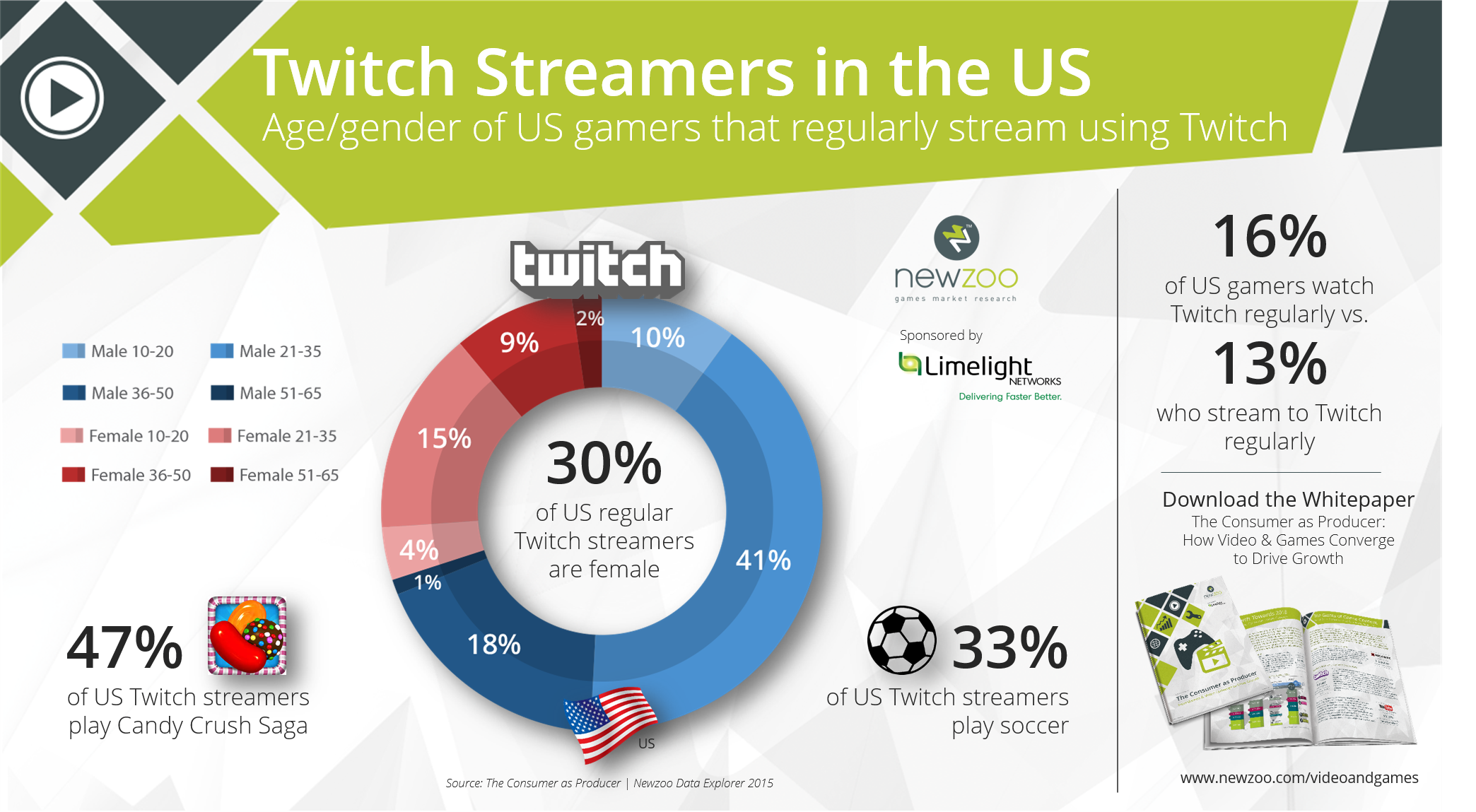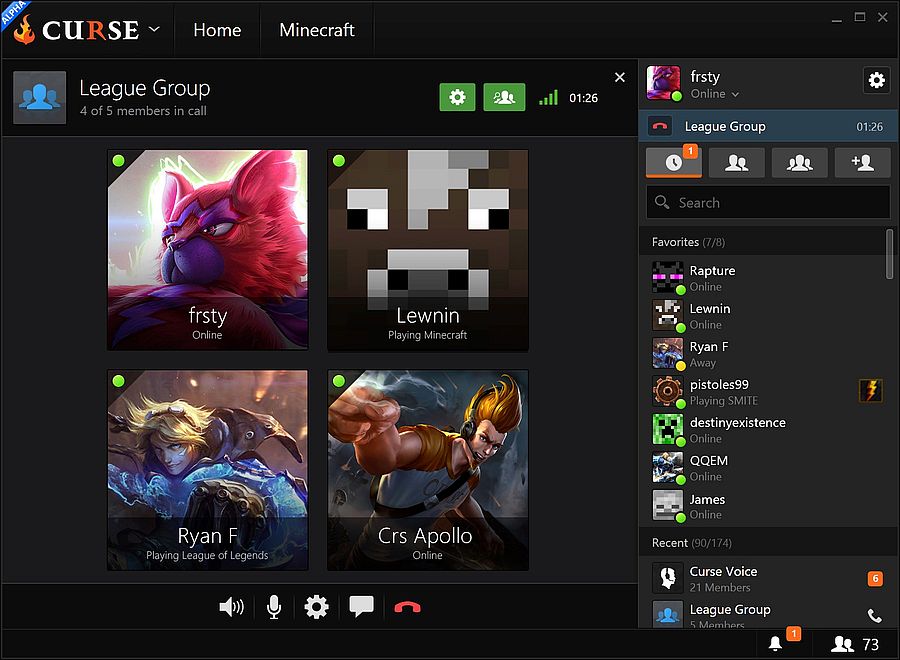VidCon is set to take place this weekend in Anaheim, set to celebrate online video as a cultural force, with a number of sponsors, companies and video specialists in attendance. It’s a lot to take in, but a vital show for those looking to get the most out of the format.
Jim Louderback, editorial director for VidCon’s industry track, recently spoke to us about what makes the show stand out, as well as what’s different for this year’s event. “First, on the industry side, we have a track dedicated to seminars from experts that are focused on real, tangible strategies that can be put in place on Monday – from making better thumbnails to driving more viewership via Twitter and Facebook,” he said when asked about what’s unique for VidCon 2015. “Second, we have a demo track where we’ve invited the top new platforms and technologies to show off their stuff – including VR, analytics tools and new platforms. Finally, we’ve got 14 fireside chats that will blow everyone away. Oh, and there’s a new Creator track that’s chock full of great content and the show is taking over the entire convention center.”
The agenda, broken down here, has three events in general – community events, creator events, and industry events. There’s something for everyone in each category, from breaking down fan strategy and the basics of a brand campaign in industry, to workshops and finding ways to stand out in creator, to getting inside the heads of video makers with community.
Here are our recommendations:
- Fireside Chat with Guillaume de Posch, Co-CEO RTL Group, led by Jocelyn Johnson, Founder, VideoInk – a global look at what the RTL Group, the leading European network, is up to. Those interested in overseas video markets would benefit from this panel. (July 23, 9:35 AM, The Ballroom)
- Fireside Chat: How To Use Influencer Media To Reach Millennials – Ian Shafer and DJ Skee team up to discuss influencer media when it comes to reaching out to millennials. (July 23, 9:55 AM, The Ballroom)
- Fireside Chat With Ze Frank, President of Buzzfeed Motion Pictures, and Katie Couric, Global News Anchor, Yahoo! – Couric brings plenty of star power to this panel, but this will cover the future of narrative media as a whole. (July 23, 10:15 AM, The Ballroom)
- Mergers/Acquisitions – What Is the World Like Today – With online video companies being created on a nearly daily basis, this session will provide tips and proven strategies to help position a company into investment or acquisition down the road. (July 23, 12:30 PM, Room 304 CD)
- Emerging Business Models for Creators – In this session, marketers can learn how much revenue a creator should expect from merchandise, mobile applications and traditional media, as well as crowdfunding plays a hand. (July 23, 2:00 PM, Room 304 AB)
- Building Brand Campaigns Across Multiple Services – Social media campaigns are explored in this panel, as well as finding the right influencers for each platform that can deliver ROI. (July 23, 3:30 PM, The Ballroom)
- Fireside Chat: What the Latest Research Is Telling Us – a general overview of the effectiveness of research. (July 24, 10:20 AM, The Ballroom)
- Where Do We Go From Here Predictions For the Future – Where does the white space sit over the next few years, and what’s the next $100 million business This session takes a look into where the online video industry is going, and what trends are next. (July 24, 11:00 AM, The Ballroom)
- Anatomy of a Brand Campaign – Mountain Dew Kickstart – Marketers trying to get the hang of a video campaign would be wise to check out this showcase, which discusses the fundamentals of what makes such a campaign work. (July 24, 11:00 AM, Room 304 CD)
- Community Driven Platforms: Fandom and Fan Strategy – What is the value of a fan This session looks at the value and techniques for effective social listening, as well as how media can pay back. (July 24, 11:00 AM, Room 304 AB)
- The Three Things To You Need to Do to Grow Your Audience On YouTube – the discussion of how to expand YouTube services is explored, with Head of Creator Growth Yury Polnar leading the charge. (July 24, 12:30 PM, Room 304 AB)
- Content As Infleucner: How Traditional Media Can Build a New Media Audience – Expansion can be reached with the right methods in media, and with this panel, attendees can learn more about their effectiveness through a new crop of influencers. (July 24, 2:10 PM, Room 304 AB)
- Using Facebook To Generate Web Video Revenue – There’s no stopping the power of Facebook video, and this panel looks at a number of case studies and quantitative experiments on where brands can take their biggest punch. (July 24, 3:50 PM, Room 304 AB)
- Effective Strategies To Create and Promote On Twitter – headed by Global Media Partnerships Entertainment for Twitter, Fred Graver, this panel takes a closer look at said strategies for creativity and promotion. (July 24, 4:10 PM, Room 304 AB)
The full schedule can be found here for those who want to see what VidCon has to offer. The official show page is here.




